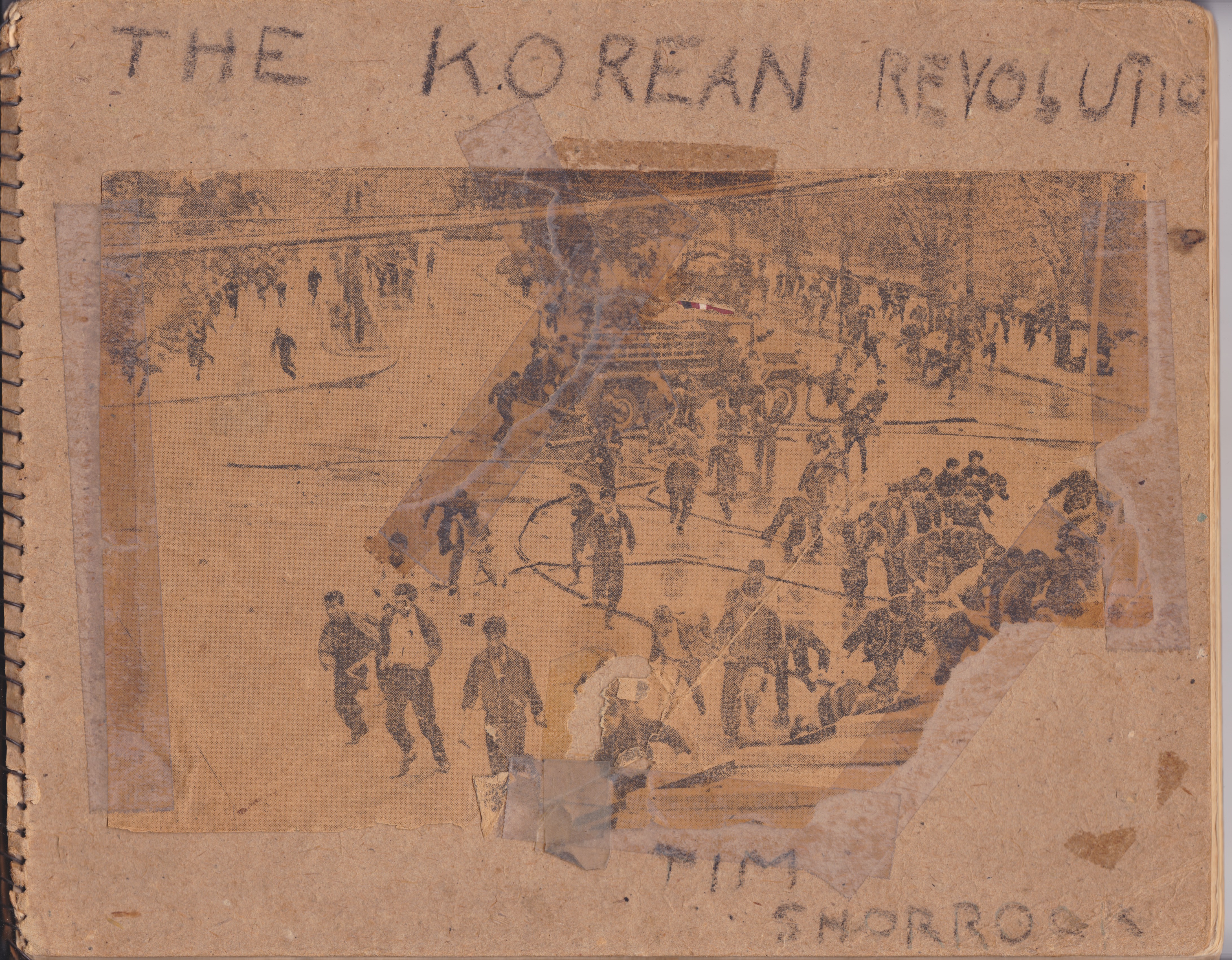South Korea’s First Revolution
Through the eyes of an American boy in Seoul
In 1960, I was living in Seoul, where my father was working for a religious organization that distributed relief aid in postwar South Korea. During the presidential elections of March 1960, I had observed truckloads of people being driven to the polls to vote for the right-wing pro-US dictator, Syngman Rhee. I was not surprised in late March when I began reading of protests throughout the country against what many Koreans said was a rigged election.
On April 19, the anger and fury against Rhee and his police state burst into the streets, when thousands of students and ordinary citizens launched massive demonstrations against the government. That night, my father, who worked in an office downtown, was trapped in his building for hours as police shot into the crowds, killing dozens. For the next few days, my American missionary school near Yonsei University was closed, and I began tracking the daily events. Every day I would cut out relevant stories from the newspapers, some of them – to my utter astonishment – censored and scratched out by the military.
By early May, Rhee had been forced out of the country, and was flown to Hawaii in a plane owned by Civil Air Transport, the CIA’s proprietary airline. For the first time in my life, I had witnessed people stand up and overthrow an unpopular government; suddenly, revolution was real to me.
Unfortunately, the “democratic spring” of 1960 didn’t last long, ending when General Park Chung Hee seized power in a military coup in May 1961. But the spirit of 4.19 lived on, through the 1980 uprising in Kwangju and the 1987 restoration of democracy. And it’s alive today as Koreans protest the drift into authoritarian rule by Park’s daughter, President Park Geun-hye.
I never forgot 4.19, and the 1960 uprising has always signified my baptism into the politics of liberation (the last photo is me in Seoul, in front of the only monument I could find in the city to those tumultuous days). Here is my record of the events, as I recorded them in my scrapbook – my first ever venture into journalism (age 9!).
To continue, click here.
